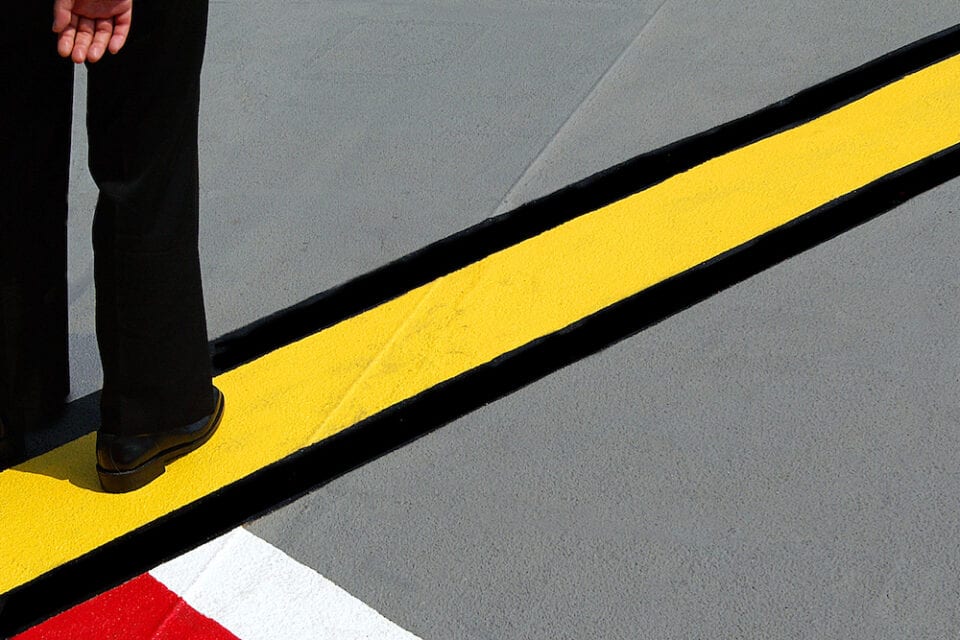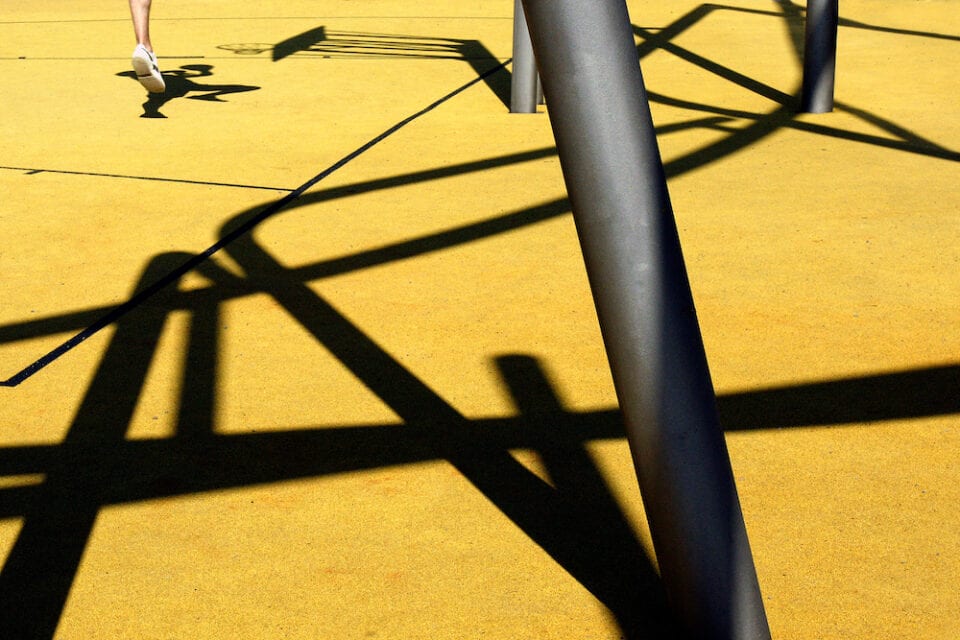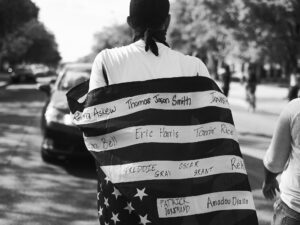Street. Life. Photography, a new exhibition at the Fotomuseum Winterthur in Switzerland, celebrates seven decades of street photography – from the pioneering 1950s-1960s work of Diane Arbus and William Klein to contemporary images by an international cast of artists including Romanian Loredana Nemes and Algerian-born French photographer Mohamed Bourouissa. The exhibition probes the formal parameters and cultural and political possibilities of the genre, turning the urban landscape into a giant canvas. Aesthetica speaks to Fotomuseum Director Nadine Wietlisbach.

A: What are the unique formal and thematic possibilities of street photography?
NW: “Street photography” is such a broad term – the possibilities are almost endless. This becomes obvious in our exhibition. Doug Rickard, for example, wanders the virtual streets of Google Street View and takes screenshots, Melanie Einzig takes photographs on the streets of New York and shoots her subjects from half distance, whereas Merry Alpern spent months photographing the toilet window of an illegal nightclub across the street. So, I guess what’s unique about street photography is that almost anything goes in terms of formal and thematic possibilities.
A: Your exhibition places the work of contemporary photographers such as Maciej Dakowicz against that of famous historical figures. How has street photography has changed over the last 70 years?
NW: Whereas Diane Arbus, Lisette Model and William Klein mostly shot portraits or images of groups of people, street photography has become more varied now. What seems more important to me, though, is that over the past couple of years people have started asking more questions: is it morally acceptable if, for his series Cardiff after Dark, Maciej Dakowicz points his camera at drunk revellers to serve the sensationalist appetite of viewers? Is it legal to take pictures of people who don’t know their being photographed, as in Merry Alpern’s series? I think these are important questions and it’s great that viewers are starting to ask them.

A: How does contemporary street photography document social change and political themes?
NW: The work of Mohamed Bourouissa, which is part of the exhibition, is a great example. His photos appear to be haphazard snapshots from the banlieues of Paris. On closer inspection, however, it becomes evident that the individual scenes are staged and carefully composed. Through his positioning of the figures – for the most part his own acquaintances – in some of his photographs, Bourouissa alludes to French salon painting from the 18th and 19th centuries. This connects the everyday life of migrants on the outskirts of the metropolis with references to the artistic canon, to which they are essentially denied access. He sets out to create images of the young generation of North-African migrants that can act as a counterweight to the typically polarising portrayals and stereotypes in the media, with their pervading sense of ferment and tension. By subverting the expectations of viewers, the work exposes conventional notions of (urban) periphery and centre, as well as the Eurocentric art canon, as constructs that constantly reproduce themselves.

A: What are the ethics of street photography? Are there power dynamics to be addressed in terms of social, gendered and racial differences between photographer and subject, for example?
NW: As I said, more and more questions are being asked. There are certainly power dynamics that need to be addressed. In his series Road Wallah, Scottish photographer Dougie Wallace caught taxi drivers and passengers in Mumbai off guard by suddenly appearing and photographing them through the open windows of their car using three flashes. This practice attracts increasing criticism on the basis of what some people see as its paparazzo-like approach and treatment of the people photographed. While Wallace’s post-editing of the colour tones further intensifies the explosivity of the scenes captured in the moment, it also creates an additional layer of fictionalisation that harbours the danger of adding an exoticising component. This is only one example of the complex subject matter.

A: Does street photography reveal more about the subjects in front of the lens or the person behind it?
NW: It probably reveals more about the photographer than the subjects in front of the lens. Let’s not forget that every photograph is curated and edited. Sometimes, photographers set up their camera and wait for that perfect shot for hours. Or they take 50 photographs but only publish the one that’s most striking, most attention-grabbing, or even most shocking. We, as viewers, are looking at the subjects through the eyes of the photographers and we see what they want us to see, including all their biases.
A: How has the proliferation of cheap, high-quality digital photography over the last few years changed the role of street photography as an artform? Are we all street photographers now?
NW: All it takes to become a street photographer is to start taking pictures of urban scenes. Street photography has never been a classic genre defined by a narrow set of rules nor by a small number of artists and photographers. As I said, the possibilities are endless.
The exhibition runs until 10 January. Find out more here.
Words: Greg Thomas.
Lead image: Natan Dvir, Juicy Couture 01, from the series Coming Soon, 2008–2014 © Natan Dvir
1. Philip-Lorca diCorcia , Marilyn, 28 Years Old, Las Vegas, Nevada, 30$, 1990–1992 © Philip-Lorca diCorcia / Courtesy of Sprüth Magers and 303 Gallery
2. Siegfried Hansen, Hamburg, 2006, from the series Hold the Line, 2002–2014 © Siegfried Hansen
3. Siegfried Hansen, Hamburg, 2009, from the series Hold the Line, 2002–2014 © Siegfried Hansen
4. Stephen Shore, Beverly Boulevard and La Brea Avenue, Los Angeles, California, June 21, 1975 from the series Uncommon Places, 1973–1979 © Stephen Shore / Courtesy of Sprüth Magers and David Zwirner





